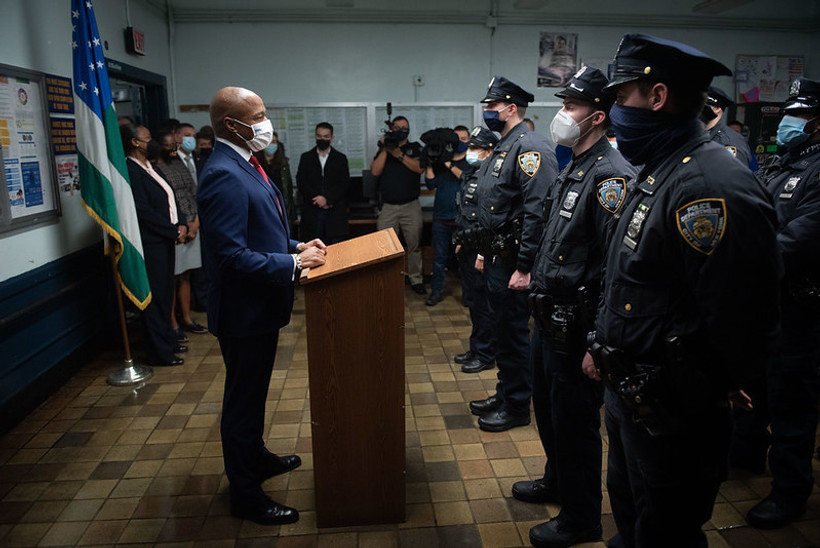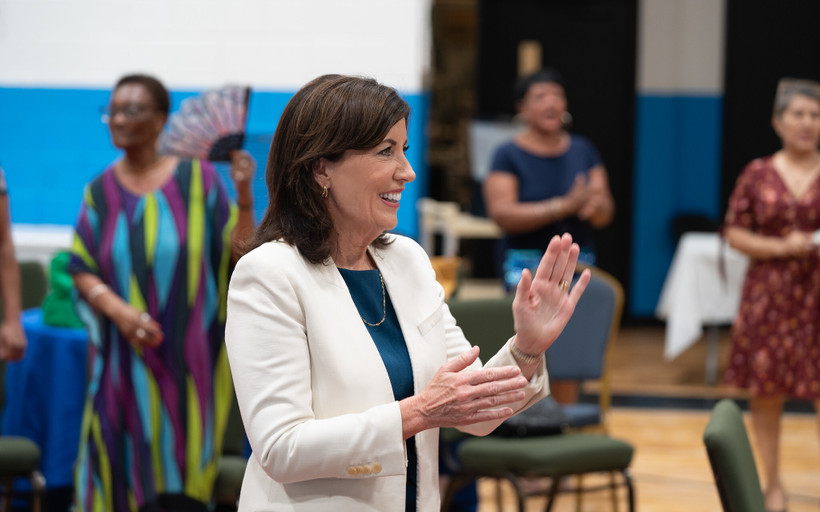Eric Adams Is Bringing Back the NYPD’s Anti-Crime Unit. Do They Commit More Crimes Than They Solve?
“I don’t want the ‘jump-out boys’ back out on the street,” said retired NYPD commander Corey Pegues, who disagrees with the mayor’s plan to bring back the controversial NYPD units.

Great Meadow and Sullivan prisons are slated to shut down in November. The state could close up to three more over the next year.
More counties are turning to private corporations to run medical care in jails. The companies have deadly track records.
Joseph Moran has long faced accusations of dishonesty — even from fellow officers — records show.
After the governor declined to answer questions, a New York Focus reporter was ejected from her event.
The constant gridlock is a major drag on Manhattan’s businesses, and source of frustration for commuters. And it’s never been so bad.
Lawsuits had threatened to kill congestion pricing. Now, it might take a lawsuit to save it.

